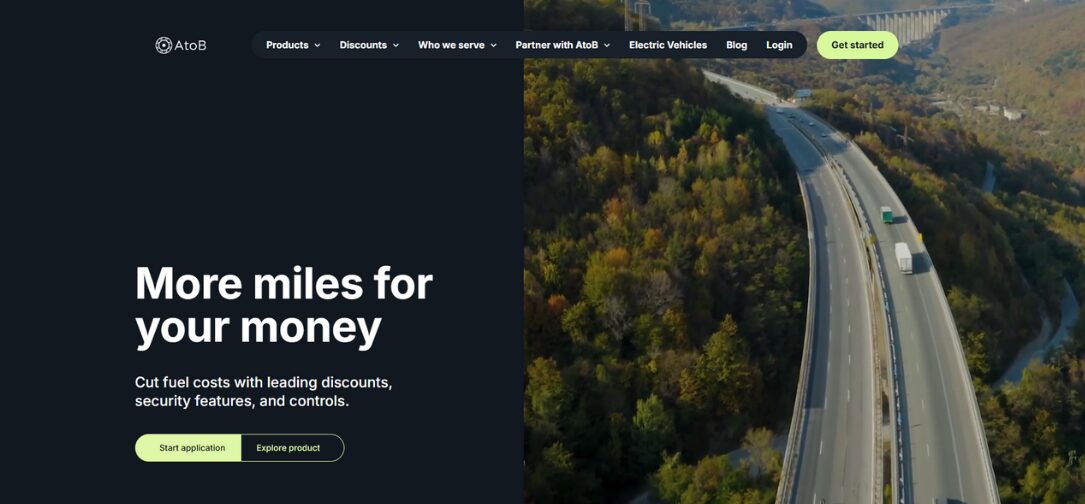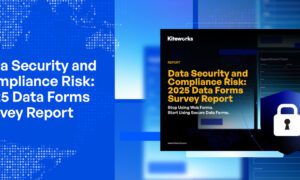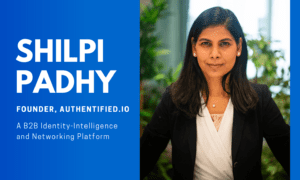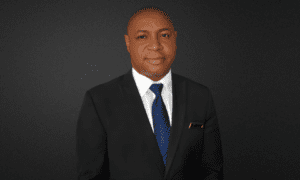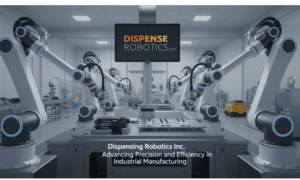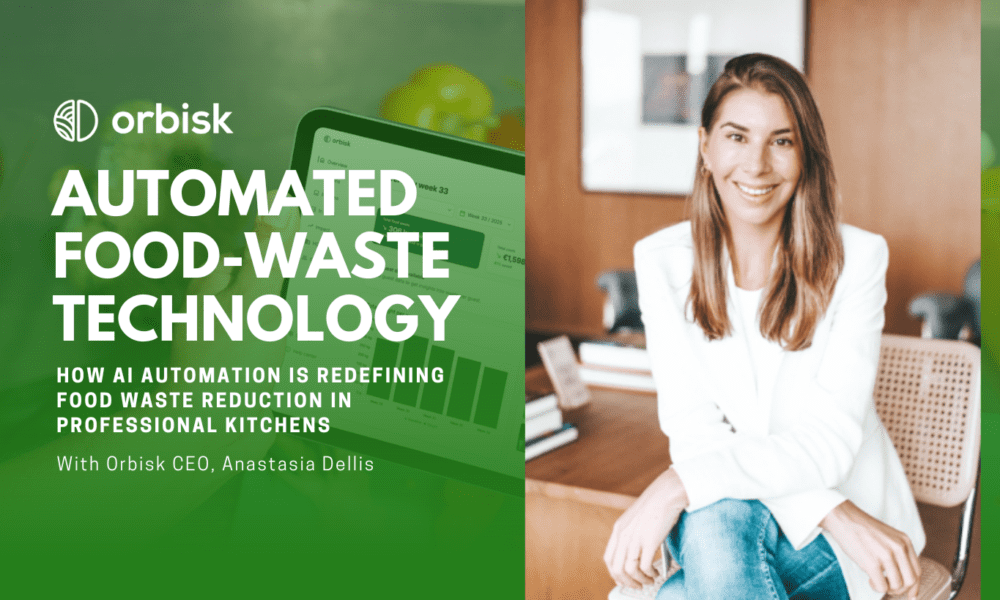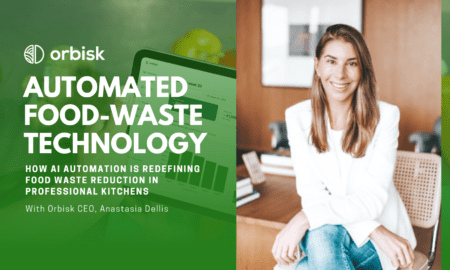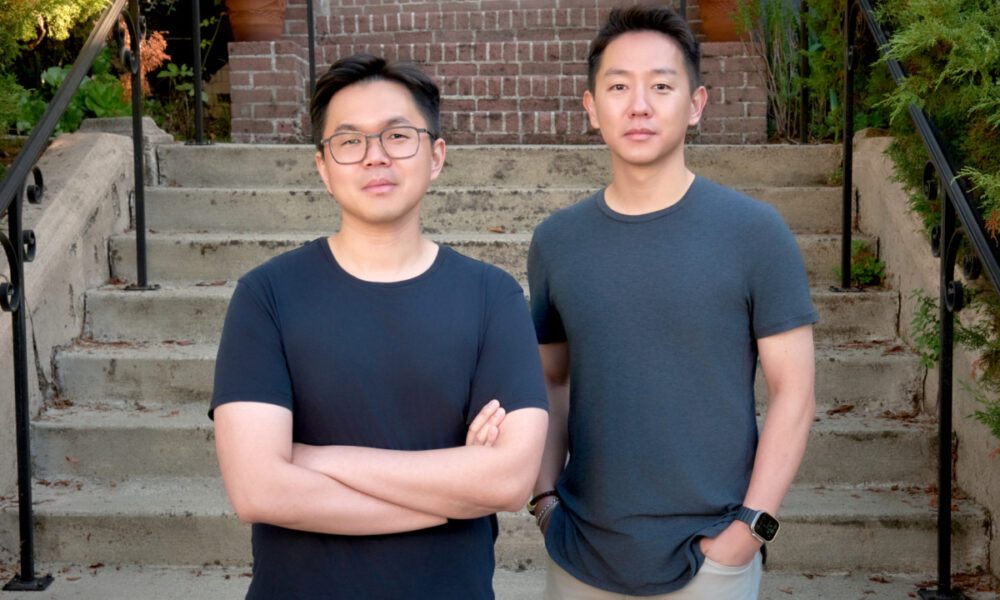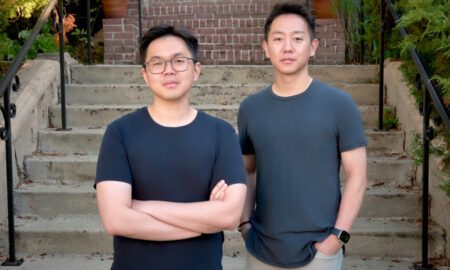In an era defined by data complexity, regulatory scrutiny, and AI’s insatiable hunger for context, Mohan Kumar has emerged as one of the few engineering leaders capable of solving for the future, while building at hyperscale in the present.
As the Head of Engineering at AtoB, Kumar has helped architect some of the fastest-growing infrastructure in the fintech space, propelling the company from early traction to a projected $100M+ revenue run rate in under three years. But his impact runs far deeper, into the very fabric of how data is recorded, audited, and trusted across systems.
From Wall Street to Silicon Valley: A Bi-Temporal Origin Story
Kumar’s journey into data temporality began not in academia, but on Wall Street. At hedge fund D. E. Shaw in 2010, he was tasked with building a system capable of ingesting millions of market ticks per second, a challenge that led him to pioneer bi-temporal database architecture.
Unlike traditional databases, bi-temporal systems track two timelines: the event time (when something actually happened) and the observation time (when it was recorded). In high-frequency trading, that distinction is vital; a delay of even milliseconds can mean the difference between profit and peril.
Since then, Kumar has brought this innovation to sectors as diverse as payroll (Zenefits), AI ethics (LinkedIn), and now real-time payments and compliance (AtoB).
Making Complexity Accessible
For years, bi-temporal data models were the domain of massive enterprises with specialized teams. Kumar changed that. Drawing on cloud primitives and full-stack frameworks like Rails and Django, he developed a method that lets startups build production-ready bi-temporal systems using off-the-shelf tools, in weeks, not months.
This approach spread virally among founders and investors he mentored, with some of those startups now reaching unicorn status.
“Several founders built audit-ready, compliant systems right after their seed round using my playbook,” says Kumar. “It was my way of giving back, turning proprietary engineering into a community multiplier.”
Building the Future Rails of the Physical Economy
At AtoB, Kumar’s philosophy around auditable fintech primitives became the foundation for explosive growth. He led the development of a double-entry, bi-temporal ledger system that integrates seamlessly with multiple banking partners, powering products like real-time pay-ahead factoring, a 24/7 liquidity service that’s redefining logistics financing.
By coupling foundational engineering with customer empathy, Kumar enabled AtoB to scale 5x year-over-year, serving a traditionally underserved market with elegance and precision.
Why Temporal Infrastructure Matters in an AI World
Kumar believes that bi-temporal data isn’t just a backend choice, it’s an ethical imperative. In domains like ESG reporting, healthcare, and AI governance, temporal fidelity is the only way to ensure transparency.
“Imagine a flu diagnosis,” he explains. “If the onset date was three days ago, the treatment protocol changes. That same logic applies in AI, understanding what data was used, when, and in what context is critical for compliance and trust.”
He’s seen this play out firsthand at LinkedIn, where cataloging model inputs and outputs across time allowed for privacy-first AI development, a playbook now becoming industry standard.
Advice for Founders in the AI-vs-Infra Dilemma
Asked what early-stage founders should prioritize in today’s bifurcated startup ecosystem, Kumar’s advice is pragmatic:
“There’s no such thing as a CRUD-only or AI-only company. Every successful company eventually becomes both. Invest in your data foundations early, around Series A, because they’ll determine how fast and how far you can scale.”
He also cautions against the romanticism of quitting too soon:
“Your 9-to-5 funds your life; your 5-to-9 funds your dream. Validate your niche, confirm your product-market fit, and only then build full-time.”
Giving Back, Not Locking Down
Despite being at the bleeding edge of infrastructure design, Kumar has intentionally avoided patents. Instead, he opts to share knowledge through open mentorship, whiteboarding sessions with VCs, and hands-on guidance with founders.
This ecosystem mindset is shaping the next generation of startups. Several VC firms now recommend his playbook as part of their early-stage support, a testament to the practical, repeatable impact of his ideas.
What’s Next: Temporal Engines for Autonomy
Looking ahead, Kumar envisions a world where autonomous mobility and usage-based financial products require even deeper temporal intelligence.
“Autonomous vehicles need to log when a sensor failed vs. when the system detected it. Fintech needs real-time traceability for compliance. Bi-temporal systems provide that backbone.”
As the world hurtles toward a more autonomous, AI-integrated future, Mohan Kumar’s vision, one that spans time itself, may very well become the invisible infrastructure powering it all.
Designing for the Next Decade, Not Just the Next Deployment
In an age where AI agents operate autonomously, where compliance isn’t a checkbox but a real-time necessity, and where users demand transparency from the systems that govern their lives, time itself becomes infrastructure. And Mohan Kumar is one of the few engineering leaders building at that depth.
What started on Wall Street as a necessity for speed has matured into a philosophy of trust, traceability, and open scalability. Kumar’s commitment to making this philosophy accessible, from mentoring founders to embedding open-source principles into mission-critical systems, marks a shift in how deep tech reaches the market.
The future will demand infrastructure that treats time as a first-class citizen, systems capable of reasoning across historical and future states, adapting to real-time context, and meeting the highest standards of auditability, compliance, and ethical AI. At AtoB, Mohan Kumar is not just preparing for that future, he’s actively engineering it. Drawing on his foundational work in high-frequency trading at D. E. Shaw, building payroll infrastructure at Zenefits, and advancing AI transparency at LinkedIn, Kumar is now shaping the rails of the physical and financial economy. His work at AtoB is setting new benchmarks for how modern fintech platforms scale, with speed, trust, and a deep respect for the integrity of data across time.

